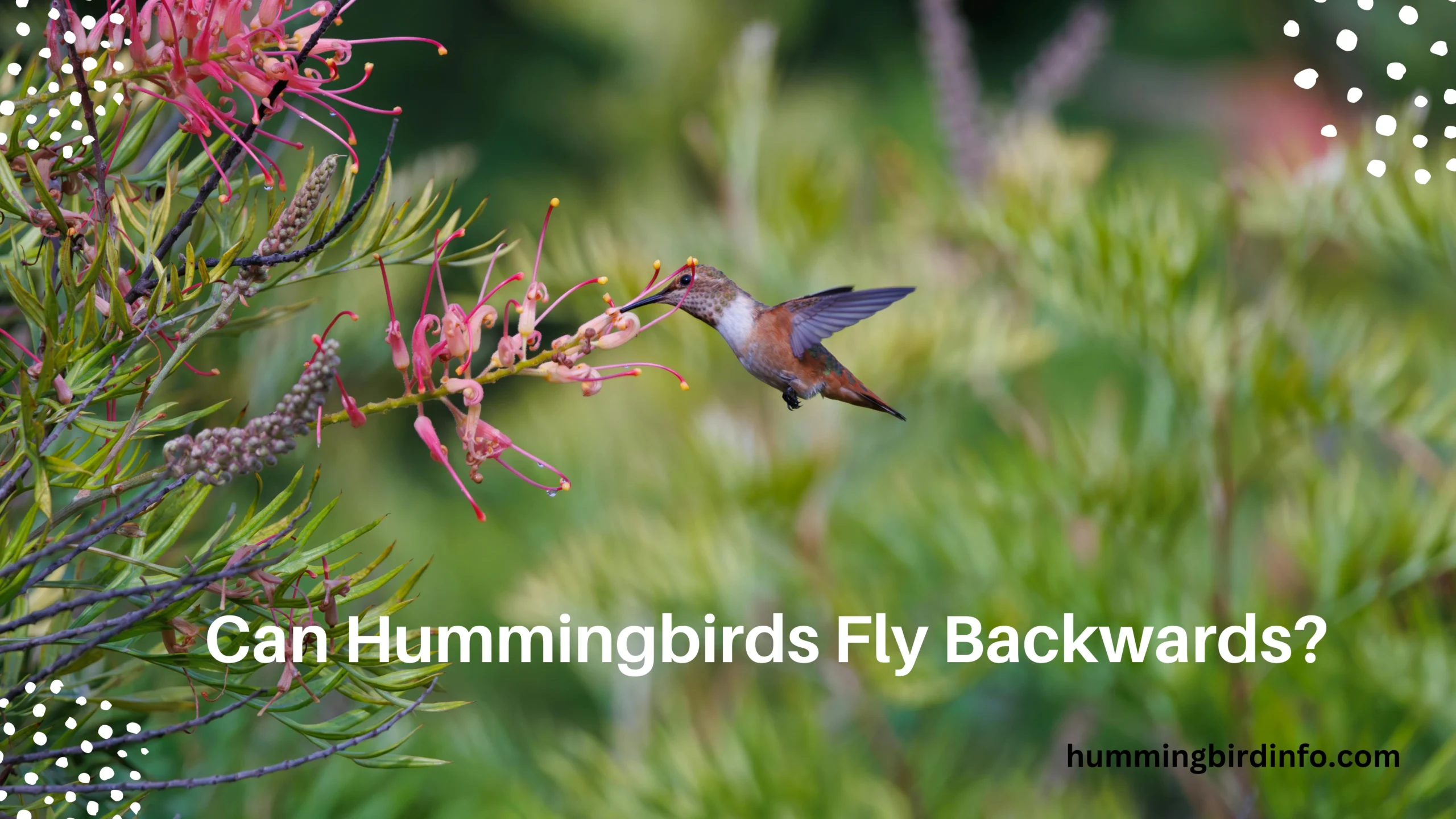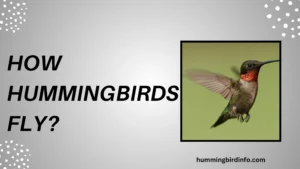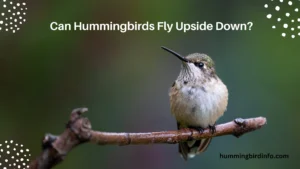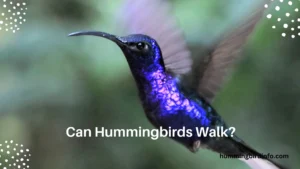The world of birds is full of marvels, but one of the most astonishing feats belongs to the tiny hummingbird. These dazzling creatures don’t just hover mid-air with the grace of a helicopter—they’re the only birds on Earth capable of sustained backward flight. It’s a skill that defies what we expect from birds and sparks endless fascination.
This isn’t just a fun fact for bird enthusiasts—it has deep scientific significance. Hummingbirds’ ability to fly backwards showcases a rare evolutionary innovation, blending biology, physics, and adaptation in a way that no other bird has mastered.
It’s an example of how even the smallest creatures can perform big wonders.
This post dives into the mechanics and magic behind backward flight. You’ll learn how their wings, muscles, and brains work together in perfect harmony. We’ll also explore why this ability is so important for their survival and how it compares to other flying animals. Get ready to see hummingbirds in a whole new way.
Contents
The Unique Wing Structure
Hummingbirds have a special skeletal design made for agile flight. Their shoulder joint is a ball-and-socket, allowing the wing to rotate in a full circle—rare among birds.
Their wings are narrow and long, which helps them create lift in any direction. This shape supports both forward and backward motion with equal strength.
Unlike other birds, hummingbird wings move in a figure-eight pattern. This means they generate lift on both the upstroke and downstroke, enabling hovering and reverse flying.
The Mechanics of Backward Flight
To fly backwards, hummingbirds tilt their wings at precise angles. This redirects air and allows them to generate thrust in reverse.
Their primary feathers twist to control airflow, while their secondary feathers help with balance and fine control.
Tail feathers act like a rudder, giving them stability and direction. Their body posture adjusts during flight to keep everything coordinated.
Muscle Physiology and Energy Demands
Hummingbirds have large flight muscles, which take up nearly 30% of their body weight. These muscles power their fast, repetitive wingbeats.

Their metabolism is extremely high, fueled by sugary nectar and protein-rich insects. They burn energy at rates that would exhaust most animals.
They rely on fast-twitch muscle fibers for quick, strong movements. Their oxygen intake is massive, supporting their constant energy needs.
Evolutionary Advantages of Backward Flight
Backward flight lets hummingbirds sip nectar from tricky flower shapes. Once done, they retreat without turning around, saving energy.
In dense forests, this flight style helps them maneuver quickly, weaving through tight spaces with ease.
If danger appears, they can dart backward instantly, a huge advantage against predators. It’s a survival tool, not just a flight trick.
Hummingbird Flight in the Animal Kingdom
While insects like dragonflies and bees can fly backward, no bird does it like a hummingbird. Others may flap backward briefly but can’t sustain it.
Their movement is similar to insects, showing a rare case of convergent evolution—two different species evolving similar traits.
This ability sets hummingbirds apart as the aerial champions of the bird world, with flight control unmatched by others.
Conclusion
Hummingbirds are not just colorful and cute—they are aerodynamic geniuses. Their ability to fly backwards makes them the only bird species to fully master all directions in flight.
This skill is powered by unique anatomy, strong muscles, and incredible wing control. It’s a product of millions of years of evolutionary perfection.
While small in size, hummingbirds teach us how adaptation and design can lead to extraordinary abilities. Watching them fly backward isn’t just mesmerizing—it’s nature’s engineering at its finest.
FAQ’s
1. Can all hummingbirds fly backwards?
Yes, all hummingbird species are capable of sustained backward flight due to their wing structure and muscle strength.
2. Are hummingbirds the only birds that can fly backwards?
Yes, they are the only birds that can fly backwards for an extended time. Other birds may move slightly in reverse, but not with the same control or duration.
3. How do hummingbirds fly backwards?
They rotate their wings in a figure-eight motion, adjusting angles to reverse airflow and generate backward thrust.
4. Is flying backwards hard for hummingbirds?
It’s energy-intensive, but hummingbirds are built for it. Their flight muscles and metabolism support this demanding movement.
5. Why do hummingbirds fly backwards?
They do it to maneuver quickly, access nectar, and avoid predators without needing to turn around.
6. How fast can hummingbirds fly backwards?
Though exact speeds vary, they can fly backwards at several feet per second, especially during short retreats from flowers.








